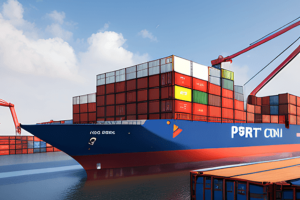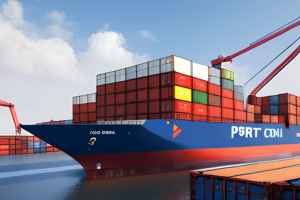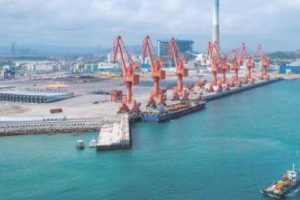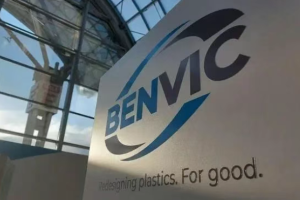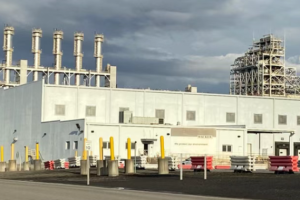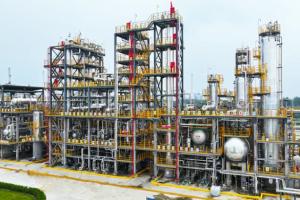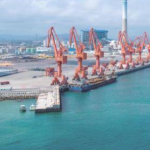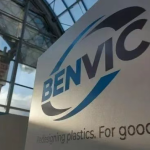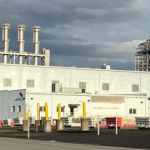June 4, 2025 – A groundbreaking functional additive based on rare earth elements is driving a technological revolution in the safety landscape of PVC products. This innovative material enhances the fire safety performance of polyvinyl chloride (PVC) through a unique chemical mechanism, addressing one of the most critical hazards in conventional PVC applications.

In fire scenarios, traditional PVC materials release large quantities of toxic smoke—a primary threat to life safety. According to industry insights from Color Masterbatch Industry Network, the new rare earth smoke suppressant leverages the catalytic properties of lanthanum and cerium to transform incomplete combustion byproducts into harmless substances while adsorbing soot particles, delivering a three-pronged protective effect. Test data shows that PVC products incorporating this suppressant reduce smoke generation by over 60%.
The technology’s breakthrough lies in three key advancements: First, the unique electronic structure of rare earth elements enables exceptional catalytic oxidation capabilities. Second, the material meets strict environmental standards, being free of harmful halogens and other toxic substances. Third, its thermal stability retards combustion rates, gaining precious evacuation time for occupants. The technology has already achieved large-scale adoption in construction pipelines, electrical cables, and other industrial sectors.
Industry experts project a rapid surge in demand for rare earth smoke suppressants as safety and environmental regulations tighten globally. The market is expected to exceed 5 billion yuan by 2025, with a compound annual growth rate (CAGR) of approximately 15%. As a major rare earth resource holder, China holds significant advantages in technological R&D and industrialization within this field.
Notably, the application of this material extends beyond traditional PVC products, demonstrating substantial potential in high-end sectors such as medical materials and automotive interiors. Companies are accelerating product innovation to meet the specialized needs of diverse applications, signaling that this technological leap could redefine safety standards across the plastics industry.

